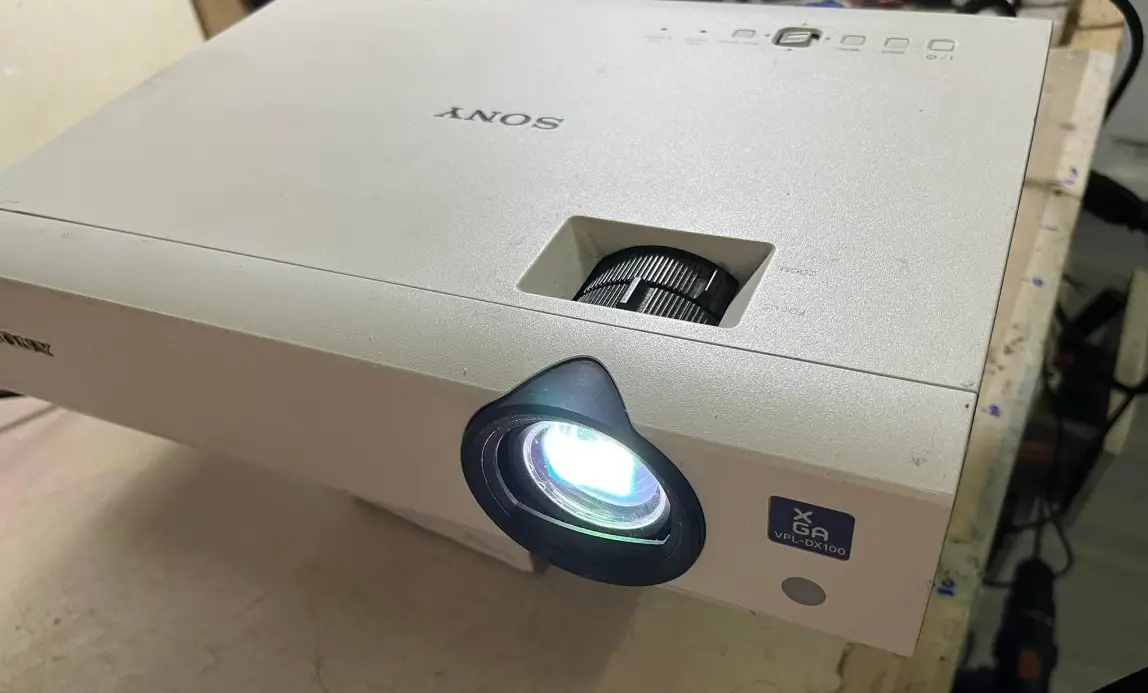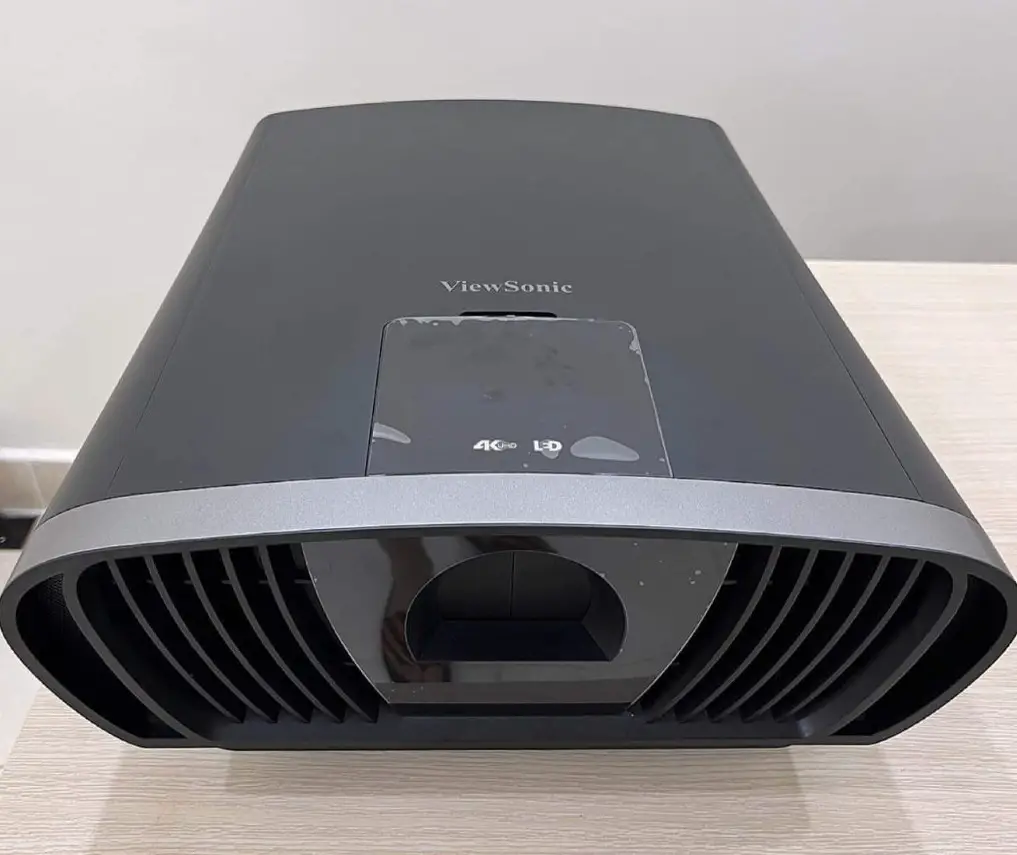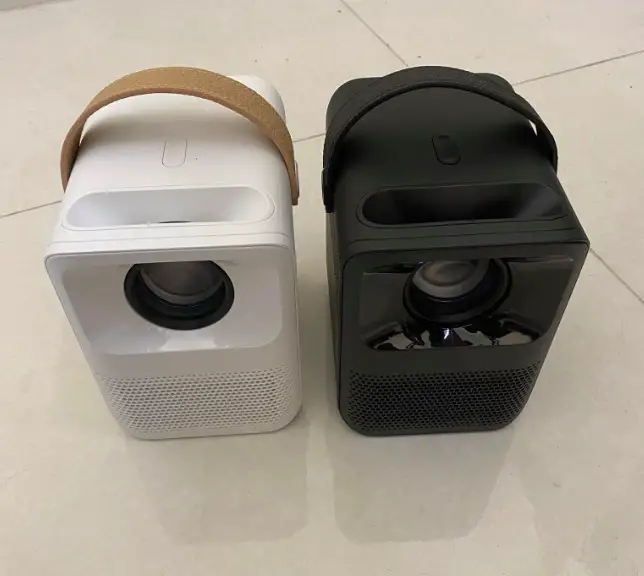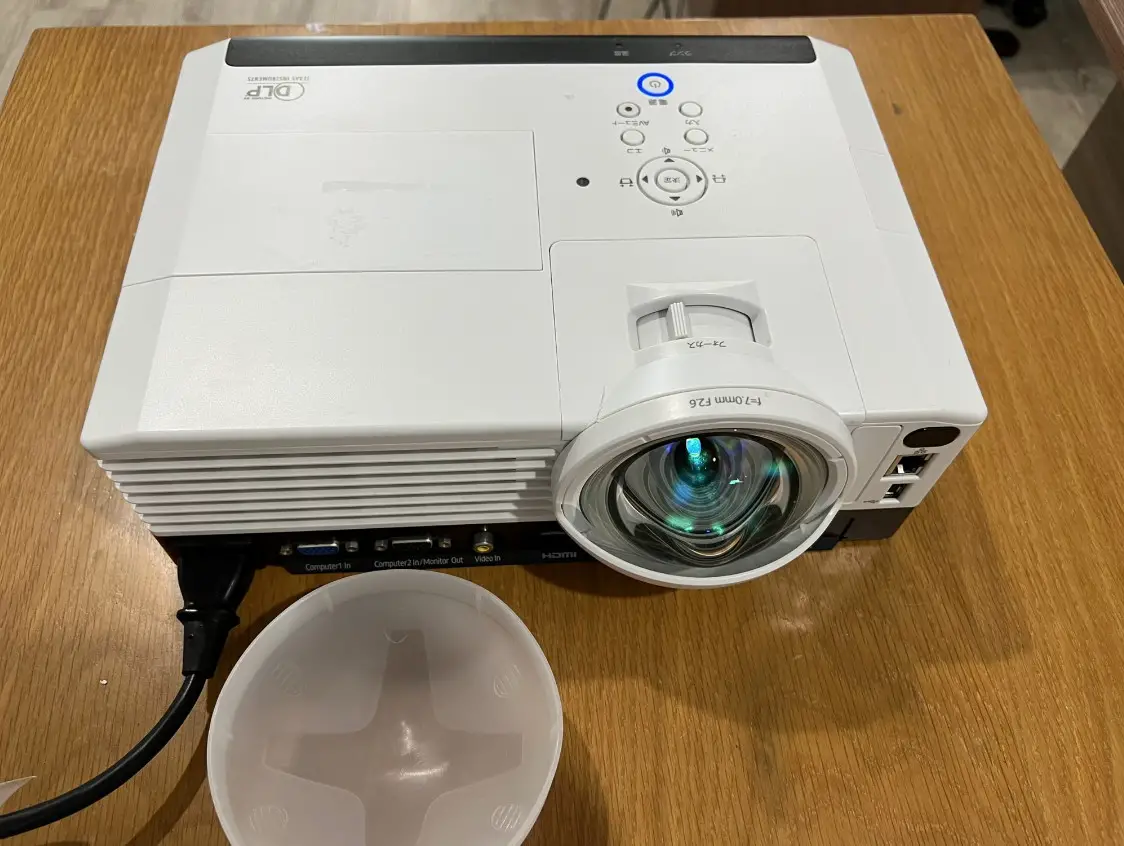ANSI Lumens Vs. Lumens: Can you tell the differences?
ANSI lumens vs. lumens: Which is more important? Have you ever looked for a projector and encountered the term ANSI lumens?
If you don’t know, it is a very critical factor that decides the image quality and user experience of the projectors.
So, what are ANSI lumens anyway? How is it different from regular lumens? Which term indicates the quality of projectors most accurately? This post will discuss these issues in detail and give you a helpful answer.
Based on the information provided, you can understand more about projector lumens and choose the product more wisely.
Contents
What Are Lumens In A Projector?
Lumens is a popular measuring unit of brightness, which is commonly used to describe the brightness of a projector. The projectors operate by projecting light from the bulb. This light is projected on the screen and turns into visible images.
However, not all projector bulbs can produce the same bright light. Some are significantly brighter, while some products are much dimmer. Depending on the image size and purposes, the devices may vary in brightness.
Therefore you can resort to the lumens label to figure out how light a specific projector is. Here are some examples of lumen counts to help you image this unit more clearly.
- A candle: around 14 lm
- A bulb (100 Watt): 1600 lm
- A lamp (150 Watt): 2800 lm
- Sunset: 400 lm
- A car headlight: 700 lm
- The direct sunlight: 98,000 lm
Typically, more high-quality projectors have higher lumen rates, but they are significantly more expensive. There are three basic types of projectors with different lumen levels: Laser, LED, and lamp projectors.
LED and lamp projectors usually come with at least 2000 lumens, giving a decent brightness for a small group audience to view. Meanwhile, the laser devices feature much higher lumen rates with a minimum of 3500 lm.
Related: How Many Lumens Do I Need For A Projector?
What Are ANSI Lumens?
ANSI lumens are also brightness measuring units developed by the American National Standards Institute. However, ANSI lumens are quite different from regular lumens, especially when it comes to projectors.
ANSI lumens indicate how much brightness a certain projector can produce in any lighting condition. This term is the standard measurement accepted by many types of projectors worldwide.
When you look at some projector devices from reputable brands, you will find that most of these products come with ANSI lumen labels.
To decide on the ANSI lumens, the manufacturers have conducted many thorough tests of their products in different lighting conditions. Therefore, this number is very accurate.

The Differences Between ANSI Lumens And Lumens
Although the two terms both describe the brightness of the projector’s light, they illustrate quite a different things in specific circumstances. This section will give you more insights into their core differences.
Definition And Purposes
ANSI lumen is a standard measuring unit of brightness used for all the product lines in the projector field.
This term indicates how much brightness your device can create to sustain an ideal watching experience in any lighting conditions.
Meanwhile, regular lumens are just a basic indicator of the projector’s brightness produced in a specific duration. It gives the user a basic understanding of how bright the images will appear when projected on a white projection panel.
Accuracy
Although lumens can measure visible electromagnetic waves, they cannot accurately describe the brightness of the projected images in different lighting conditions. Meanwhile, ANSI lumens can fix this setback.
If you don’t know, the brightness of a projector may be affected by two factors: Ambient light and throw distance. Ambient light may be any other additional light sources from the windows or lamps in the room.
For example, the projected will appear less bright to our eyes in a room with a lot of ambient light (daylight from the window). Meanwhile, we will see much brighter images in a dark room with no ambient light at all.
Therefore under a specific situation with less or more ambient light, the lumens may not be as accurate as described in the product’s specifications.
Meanwhile, ANSI lumens are rigorously tested in various lighting conditions such as low or high ambient light and throw distances. Therefore it can better indicate the image brightness and quality in different situations.

Reliability
Nowadays, many fake projector producers often use the wrong lumen rates to attract users’ attention. As this figure is not strictly regulated, many sellers often exaggerate the lumens to advertise their products.
Meanwhile, ANSI lumens are the industry standard metric, which has gone through various tests and assessments. For these reasons, ANSI lumens are the more reliable figure when it comes to the projector’s brightness.
FAQS
How Many Ansi Lumens Are Ideal For An Outdoor Projector?
You need at least 2500 ANSI lumens to get clear image quality and a decent outdoor watching experience. If the daylight is harsh, the images may get blurred or distorted.

Related: How many lumens for a projector in daylight?
How Many Ansi Lumens Does A Laser Projector Has?
The laser projectors are generally brighter than regular LED or lamp products. They can produce much higher image quality with at least 2000 ANSI lumens or more.
How Many Lumens Are Good For A Projector?
If you watch the projectors in a dark room with minimal ambient light, around 1500 lumens is sufficient for a satisfying watching experience. However, the classrooms or bright spaces need at least 2500 lumens or more.
Final Thoughts
To sum up, ANSI lumens are a more accurate and reliable indicator to consider when choosing projectors with suitable brightness. I hope that you are satisfied with the information provided in this post.
Thank you for reading!





